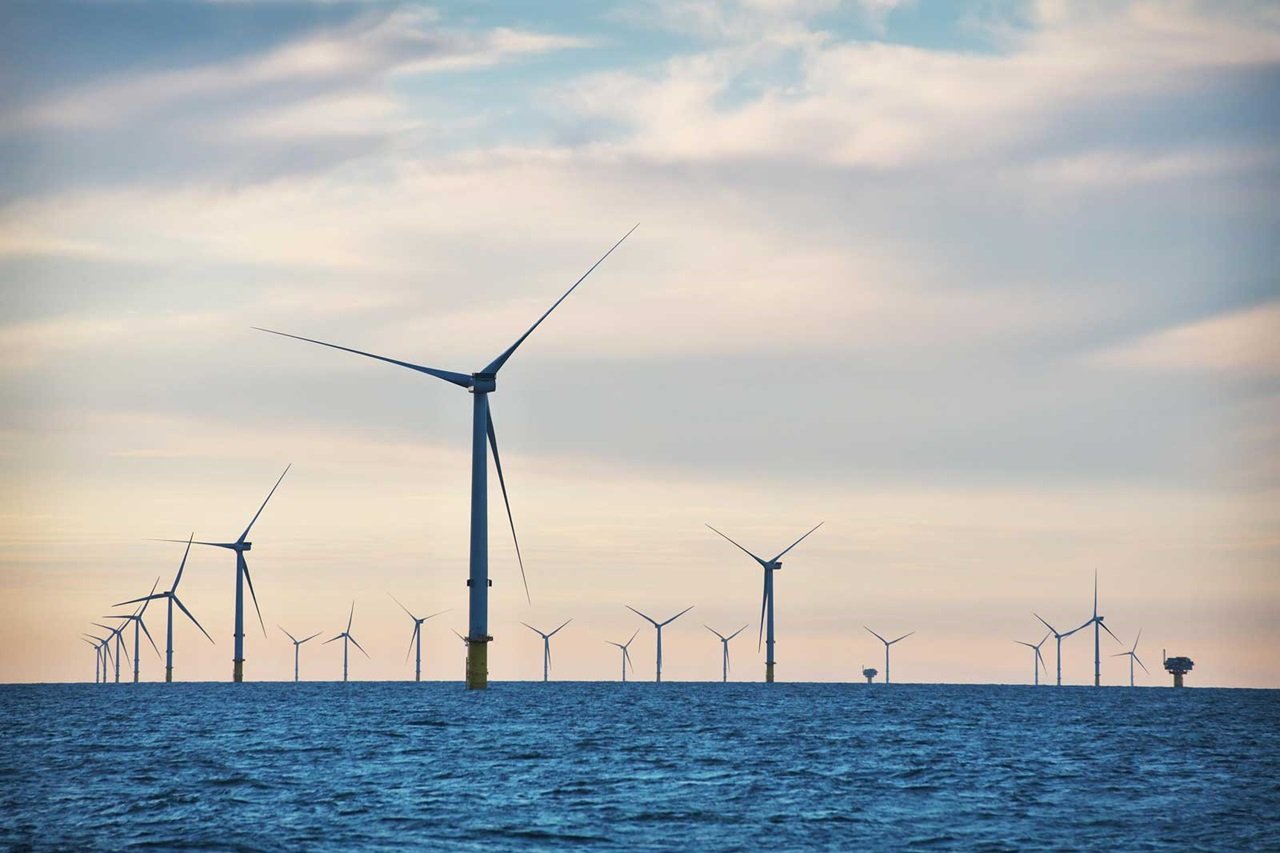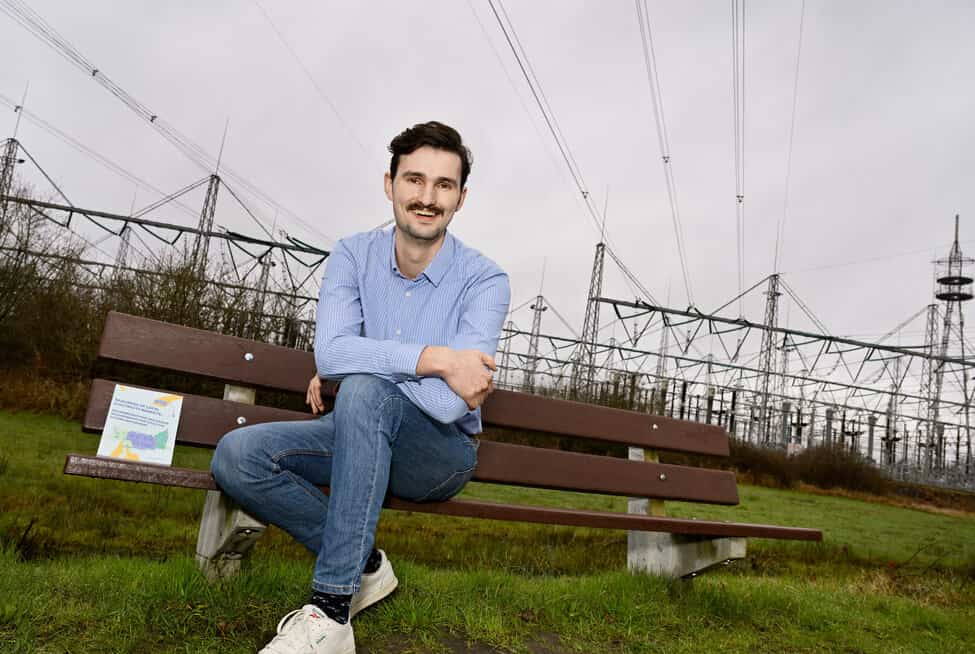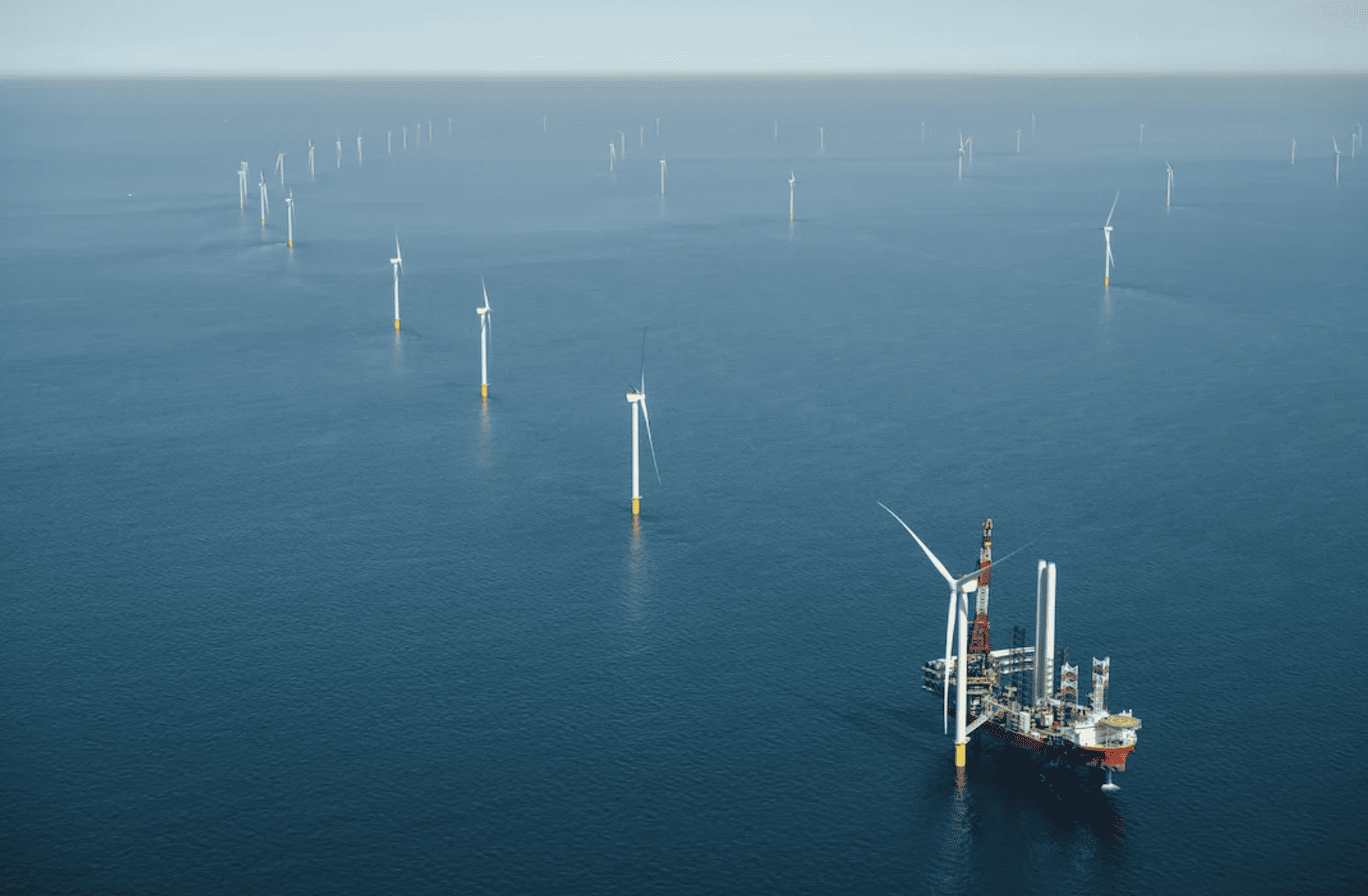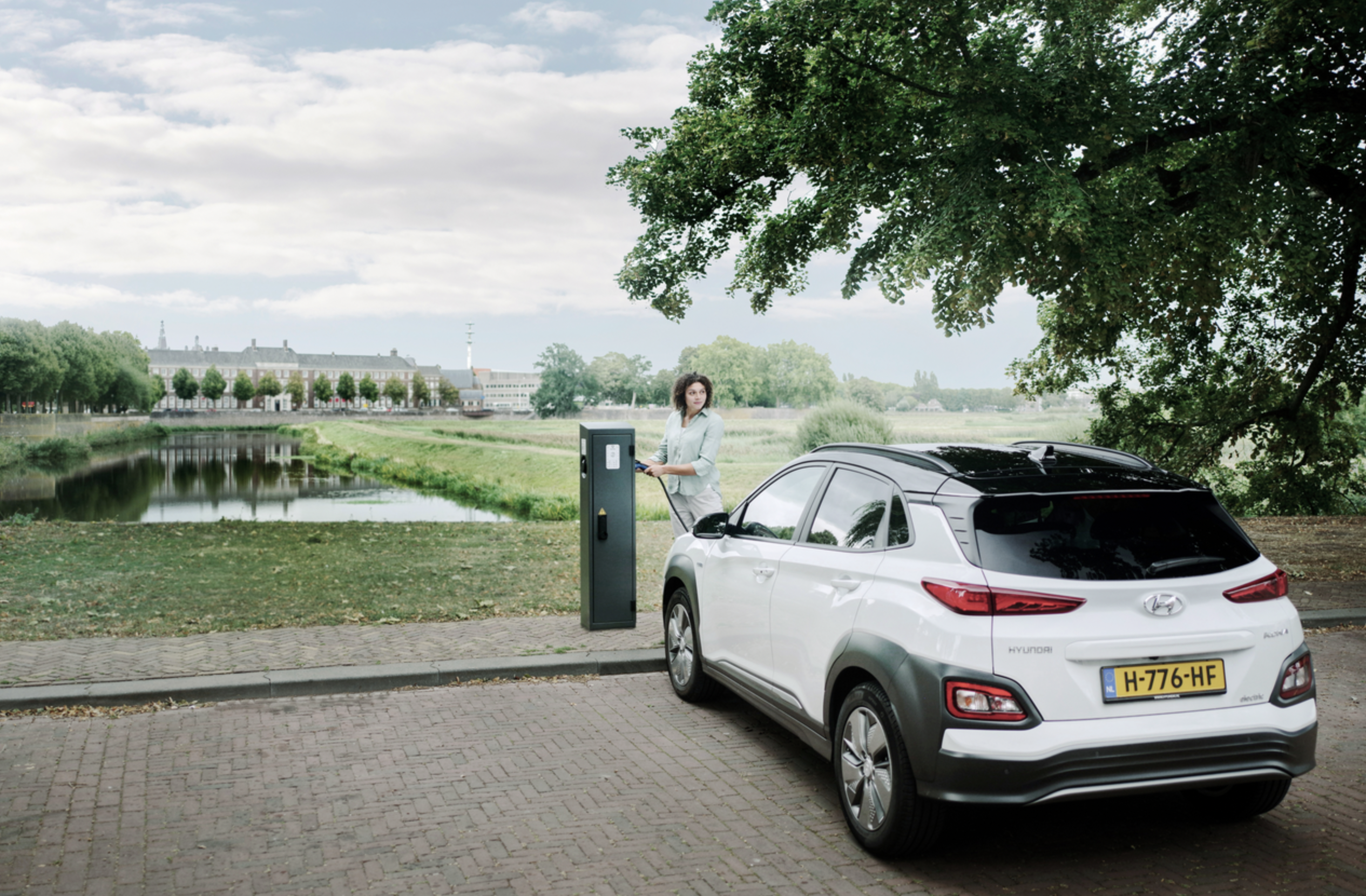
Vattenfall wants to let wind turbines and electric cars communicate with each other about available wind power and charging demand to avoid grid congestion. The growing number of flexible energy sources such as wind and solar, along with the enormous growth of electric transport, is threatening to overload the electricity grid. This can be avoided through smarter matching of supply and demand. For this, Vattenfall is aiming to launch a ‘smart charging’ pilot project using wind power from the new-build Hollandse Kust West wind farm.
If the pilot project is successful, Vattenfall wants to cooperate with current and future concession granters, such as the provinces of North Brabant, Limburg, Gelderland and Overijssel, to see how the acquired knowledge can also be applied there, so Vattenfall in a press release.
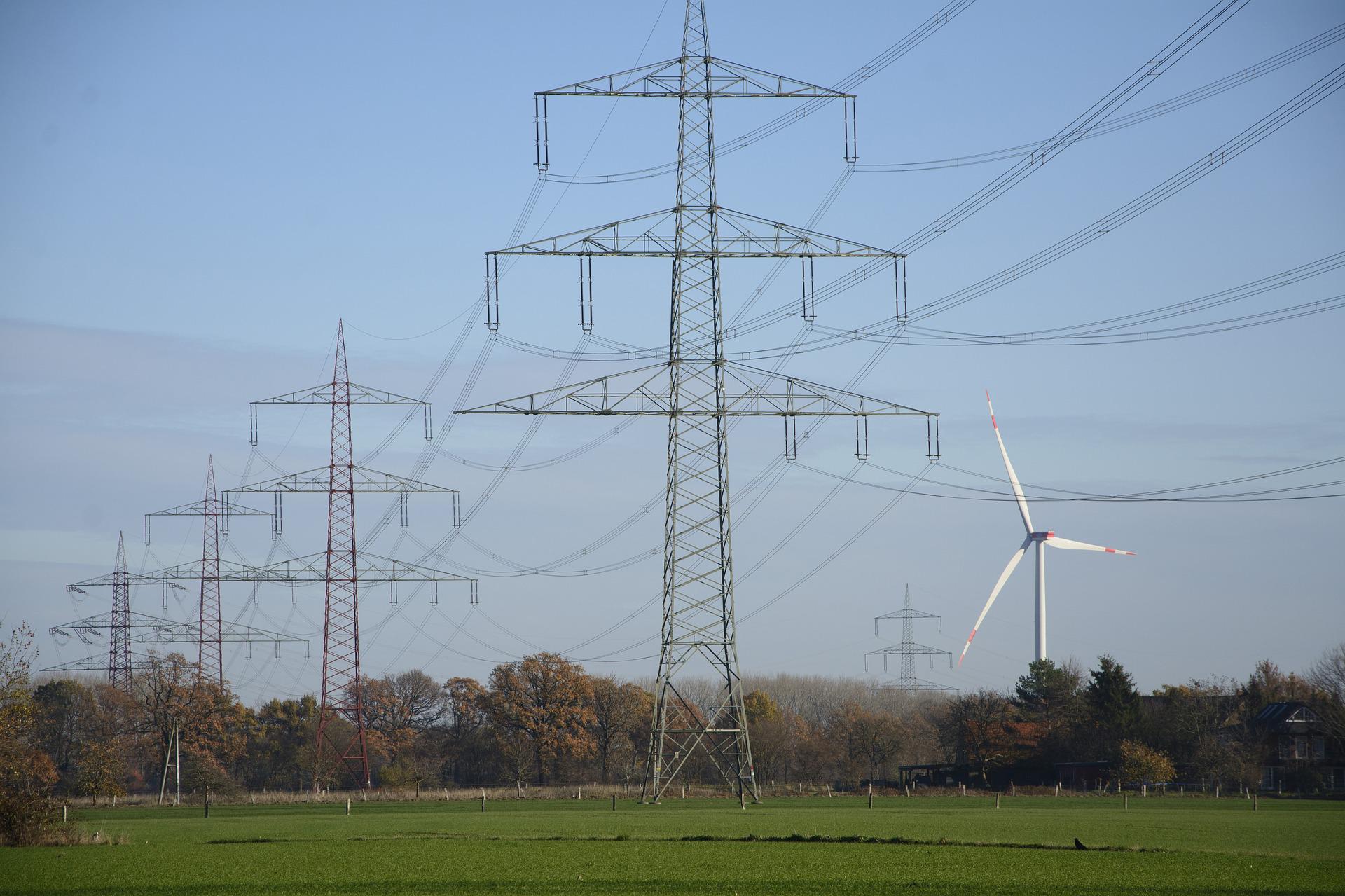
Smart charging
First of all, there needs to be a match between supply and demand for (sustainable) energy. At present, charging is mostly ‘uncontrolled’: an electric vehicle is plugged into a charging station and immediately charges at maximum power once it is connected to the grid. Smart charging will allow the timing and speed at which electric vehicles charge to be controlled. The car communicates directly with the charging station to declare how much energy it needs and when.
By enhancing this communication between the electric car and the charging station, Vattenfall wants to ensure that the capacity of the electricity grid is matched to the charging demand of the car and other cars connected to charging stations. This also sidesteps the need to use a charging card for communication between the car and the charging station. The charging card function is incorporated in the car as a kind of digital ‘power agreement’ that sends information to the charging station.

Innovation trial with Hollandse West Kust wind farm
The next step in smart charging is to take the supply of wind power into account. A large scale innovation trial for smart charging with 200 to 400 existing charging stations is therefore part of Vattenfall’s bid for the Hollandse Kust West (HKW) offshore wind farm. The charging stations will be modified according to the innovative charging station communication standard (ISO 15118), which allows cars to be controlled by charging stations, taking into account how much electricity is being generated by HKW.
When there is a large supply of wind power from the offshore wind farm, cars can be charged faster. When there is less wind, charging will be spread out over the day. The control algorithm can also ensure charging mainly takes place when the market price is favourable, thereby making electric driving even more cost-effective. This contributes to a good grid balance without losing sight of the interests of EV drivers.
Selected for you!
Innovation Origins is the European platform for innovation news. In addition to the many reports from our own editors in 15 European countries, we select the most important press releases from reliable sources. This way you can stay up to date on what is happening in the world of innovation. Are you or do you know an organization that should not be missing from our list of selected sources? Then report to our editorial team.

